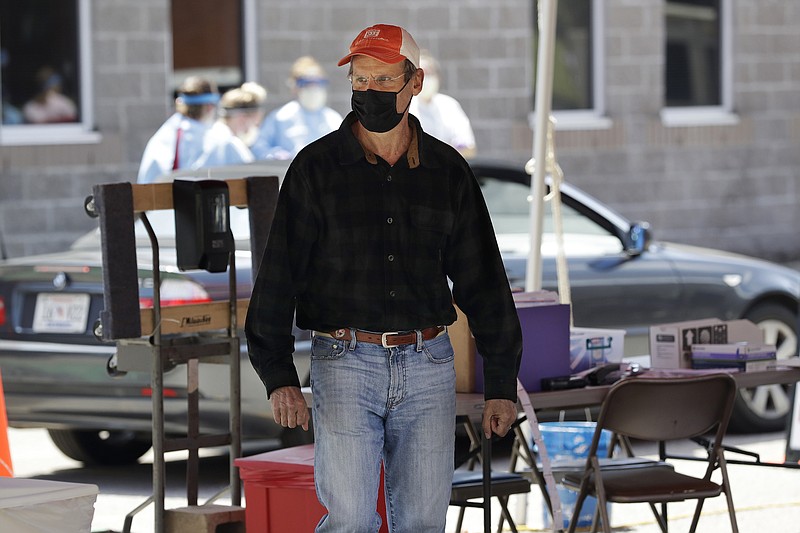Before COVID-19, we all played tag on an elementary school playground or maybe dodgeball in the gym. "Tag, you're it," until you touched the next victim, or a pop of the ball as it ricocheted off of two or three other classmates. It was fun and exciting! A game at recess and a chance to have fun. If we played outside, the games were harder. More room to run around. If we played in the gym, the play area was more confined. The physical environment impacted the play site exposure risk (more on that later).
Horse racing fans, think of the Kentucky Derby, both 30 seconds before the race begins and 30 seconds after. Before the starting gates open, the horses and jockeys are separated. The jockeys are in sparkling racing silks; their horses clean and eager to run. After the bell, there is chaos, contact and shared dirt, mud and sweat. Cleanliness and distancing degrade to cross-contamination in an instant.
Full disclosure and a couple of facts: I have practiced environmental, health and safety, and related catastrophic response law for 32 years. This experience has enabled me to work with and to learn from some of the brightest and most talented OSHA, EPA and private-sector scientists, investigators and regulators in the business.
I think I know what they are thinking as this pandemic unfolds - not politically, but rather in terms of managing a crisis that has no perfect playbook. We are learning on the fly. No standard operating procedures for this one. Catastrophic response happens that way. They are relying on environmental health and safety rule number one: Workplace site conditions must be managed to prevent employee and visitor exposures to hazards which may result in serious injury or death.
We do not know the right answer. So in order to lead, we must have the courage to pick the best wrong answer, and then lead, follow or get out of the way.
Is the right answer to open up our economy and to start pulling out of a financial nosedive?
Or is the right decision to continue isolating and tamping down the enthusiasm to revive our economic engines in an effort to reduce a prolonged catastrophic health crisis?
While I will leave the science and medicine to those experts, I do want to share with you what 32 years of environmental, health and safety practice has taught me. Specifically, worksite conditions create consequences, and those consequences can be good or bad. Ultimate outcomes are determined by best practices - training, hazard analysis based on specific site conditions, proper personal protective equipment, and responsible monitoring and modification of employee and visitor behavior, based on credible data.
So if our leaders decide to open up the economy, then it is their duty - at all levels - to ensure that the worksite health and hygiene conditions and behavior will eliminate or materially reduce virus exposures to employees and to patrons.
The regulators and businesses better get it right the first time, because just like tag, dodgeball and horse racing, contagious employees will spread the virus to multiple healthy coworkers and customers. And that is when the exponential spread of COVID-19 will place our hospitals, front-line caregivers, friends and family back into crisis mode.
Contact Michael Mallen at mcmallen@gmail.com.
